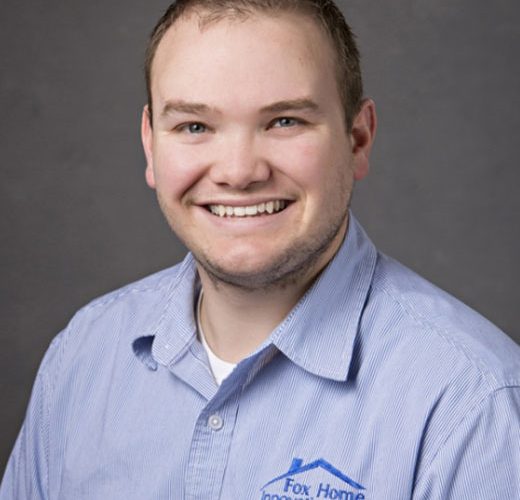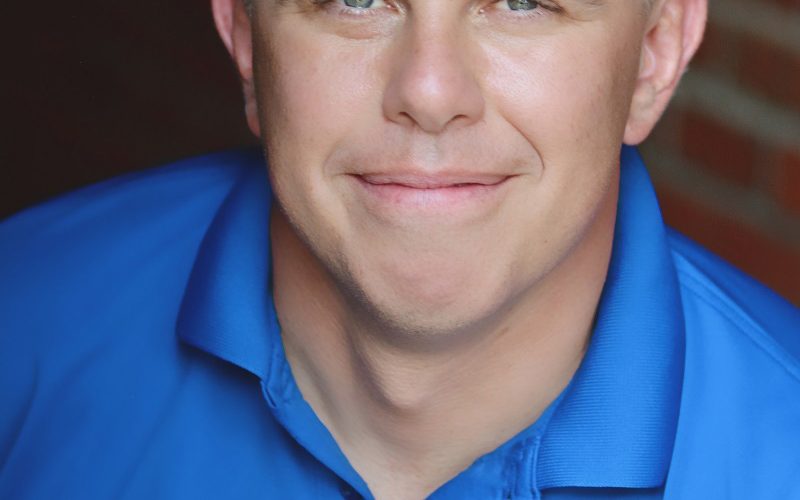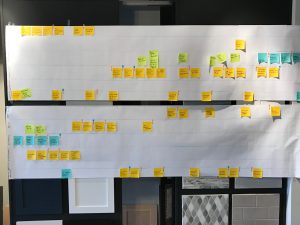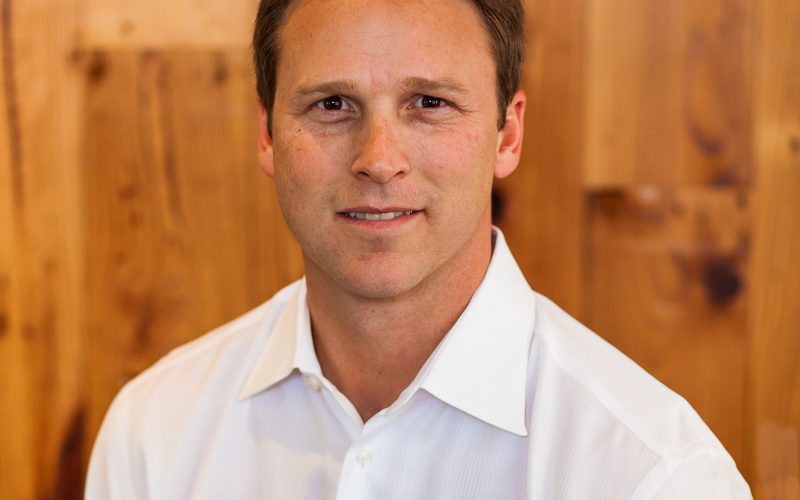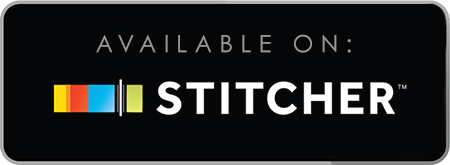Ep.61: How I Revamped My Design Process with Chris Fox
Systems and processes rarely scale when your business grows. So you have to go back and create new ones that will — at least for now. Your design process is no different.
When hiring a new or additional designer, it may be time to revamp your process in preparation for that new team member.
In this episode, Chris Fox talks to Victoria and Mark about what he found when he dove deep into his company’s design process. He learned so much from his examination that he created a new self-guided training plan for designers that doesn’t require constant oversight and management by supervisors.
Chris is the founder of Fox Home Innovations in Manhattan, KS. Chris started this company during his junior year of college and ran multiple projects and crews while completing his degree in entrepreneurship from Kansas State University. In school, he met Matt Carlson, who later bought into the company. Today, they both run the organization with Chris focusing on sales and design, while Matt is the general manager.
The old design process was often on the fly and not totally repeatable at all times. They had nothing to train to or repeat when it came time to hire another designer. There was no time to train, either, because everyone was so busy. Chris details what they did and how they did it, including:
- Evaluating the process you’ve got
- Creating a trainable, repeatable process
- Building in the details
- How to create a training document
- The time it takes, and why to take the time
- Involving your whole team
- The significant changes it made
- What the onboarding and training looks like
- Creating teachable moments
- How to boost competence and confidence
- And more …
The process is working well, so Chris plans to use it as a model for onboarding and training new hires for other roles throughout the organization as it grows.

